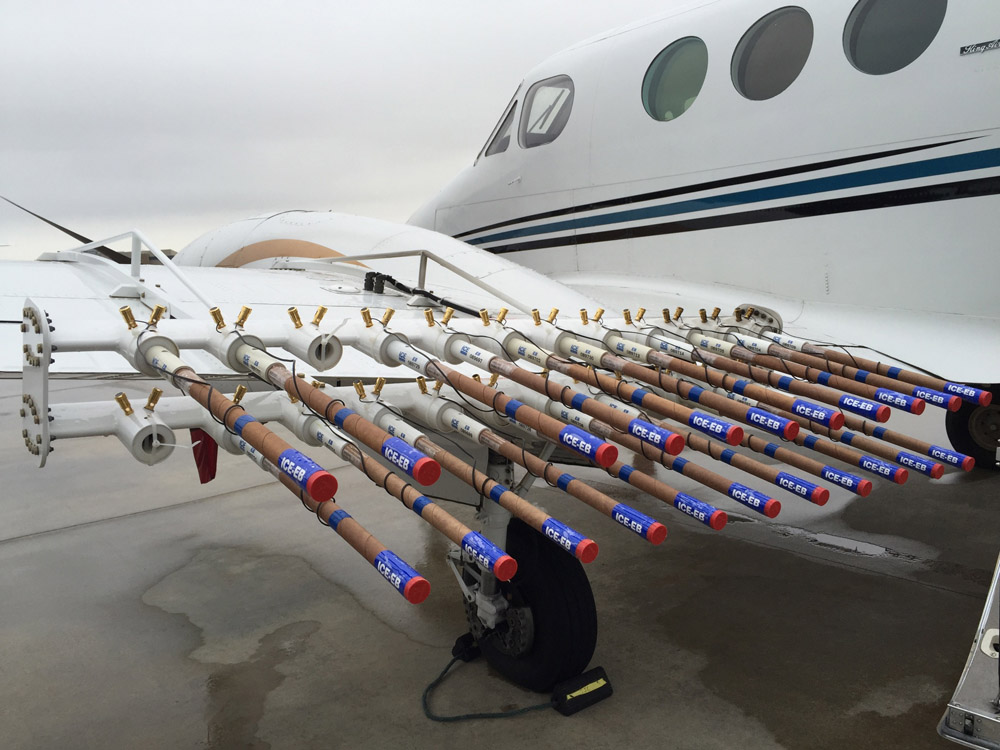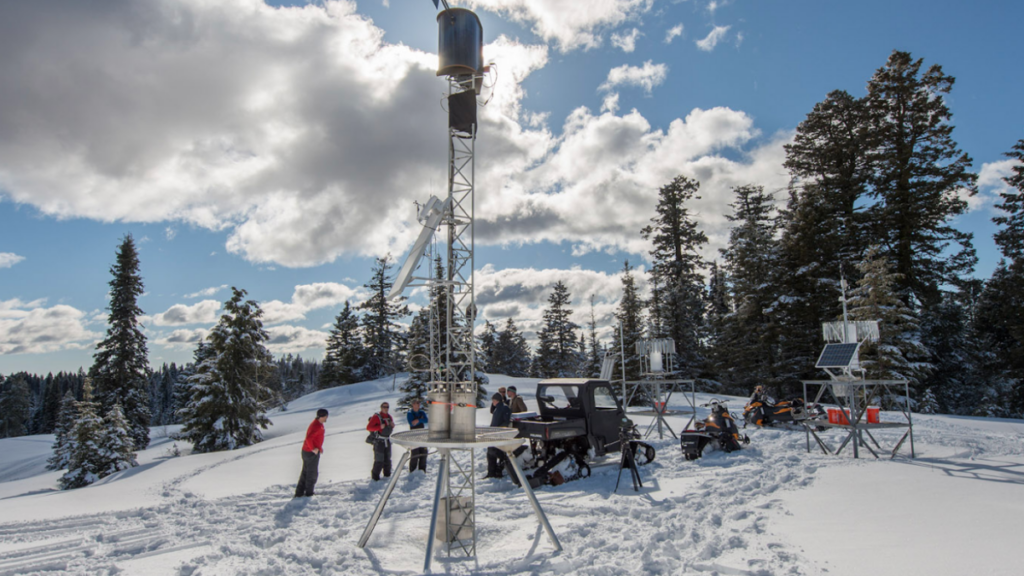Unveiling the Chemicals: Transparency Concerns in Idaho’s Cloud Seeding Program

Part 3: Proceeding with Caution in Weather Modification
Experimental Approaches Raise Concerns
Idaho Power has been cloud seeding since 2003. It now operates 57 remote ground generators in the Payette, Boise, Wood River and upper Snake River pumping a variety of chemicals into the skies to ‘increase precipitation’. Our state budget has 7 million ear marked for just cloud seeding for the fiscal year of 2024. (see page 34)
Idaho Power’s 2021-2022 cloud seeding application revealed the use of “liquid propane for testing purposes” without specifying the quantities[^1^]. The lack of transparency regarding the amount of liquid propane used and the experimental nature of such tests underscores the need for greater public awareness and oversight of cloud seeding operations in Idaho.
Idahoans deserve to be informed about any experimental “test” activities conducted by Idaho Power or other cloud-seeding operators. Transparency is crucial to ensure that citizens understand the potential risks and impacts of these weather modification techniques on their communities and environment.
Assessing Chemical Impacts
Ongoing testing to assess the environmental impact of silver iodide and other seeding agents is a responsible measure to safeguard against long-term accumulation damage. Our legislation included provisions requiring the Department of Environmental Quality (DEQ) to conduct and report on testing in seeded basins[^1^].
However, a FOIA request to DEQ revealed a lack of records and testing procedures, contradicting statements made by Kala Golden at the Idaho Department of Water Resources (IDWR)[^1^]. The discrepancies highlight the importance of ensuring that DEQ is actively involved in testing and monitoring the environmental impacts of cloud seeding operations.

Increasing Usage Quantities
Recent NOAA reports indicate an increase in the dispersal rate of silver iodide from 7-8 grams per hour to 20 grams per hour[^1^]. The rationale behind this increase remains unclear and raises concerns about the potential for over-seeding, which could decrease moisture levels and impact local ecosystems.
Without required ongoing testing and monitoring, it is challenging to determine the accumulation levels of seeding agents in the environment, further emphasizing the need for comprehensive and transparent monitoring programs.
Disclosure of Chemicals Used
Earlier NOAA reports revealed the use of multiple chemicals, including silver iodide, ammonium iodide, ammonium perchlorate, sodium perchlorate, and acetone[^1^].
Chemicals Used in Cloud Seeding:
- Silver Iodide (AgI):
- Description: Silver iodide is a chemical compound that is commonly used in cloud seeding to induce precipitation.
- Potential Environmental Hazards: While silver iodide is generally considered to have low toxicity, there are concerns about its environmental accumulation and potential long-term impacts on ecosystems. Silver ions can be toxic to aquatic organisms and may bioaccumulate in food chains.
- Ammonium Iodide (NH4I):
- Description: Ammonium iodide is another iodine-containing compound that can be used in cloud seeding.
- Potential Environmental Hazards: Ammonium compounds can contribute to nutrient loading in water bodies, potentially leading to eutrophication. Excessive levels can harm aquatic life and disrupt aquatic ecosystems.
- Ammonium Perchlorate (NH4ClO4):
- Description: Ammonium perchlorate is an oxidizer that is sometimes used in cloud seeding to enhance the formation of ice crystals in clouds.
- Potential Environmental Hazards: Perchlorate compounds can persist in the environment and may contaminate groundwater. Chronic exposure to perchlorate can interfere with thyroid function in humans and wildlife.
- Sodium Perchlorate (NaClO4):
- Description: Sodium perchlorate is another oxidizer that can be used in cloud seeding.
- Potential Environmental Hazards: Similar to ammonium perchlorate, sodium perchlorate can contaminate groundwater and pose risks to aquatic ecosystems and human health due to its impact on thyroid function.
- Acetone (CH3COCH3):
- Description: Acetone is a solvent that can be used as a carrier or dispersant for other cloud seeding agents.
- Potential Environmental Hazards: Acetone is relatively volatile and can contribute to air pollution. It can also contaminate water bodies and soil, posing risks to aquatic life and terrestrial ecosystems.
However, current reports only mention silver iodide, raising questions about the full disclosure of chemicals used in cloud seeding operations.
Our legislation addressed the reporting requirement for disclosing all chemicals used in weather modification activities, ensuring greater transparency and accountability in cloud seeding programs.
Transparency and Public Involvement
While weather modification programs are required to submit interim and final reports to NOAA, the current database lacks searchable document fields, limiting public access to information[^1^]. Reports typically cover a 5-6 month window without providing exact dates of seeding activities, further reducing transparency.
The public should be notified about cloud seeding activities, and public hearings should be held to ensure that citizens have the opportunity to voice their concerns and ask questions about these experimental weather modification techniques, as modeled by other states.
In conclusion, as we continue to experiment with nature through cloud seeding and other weather modification techniques, it is crucial to proceed with caution and prioritize transparency to protect the well-being of citizens and the environment.
MORE FROM HFI
Citations:
[^1^]: NOAA – Idaho Cloud Seeding Program




